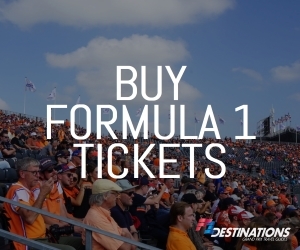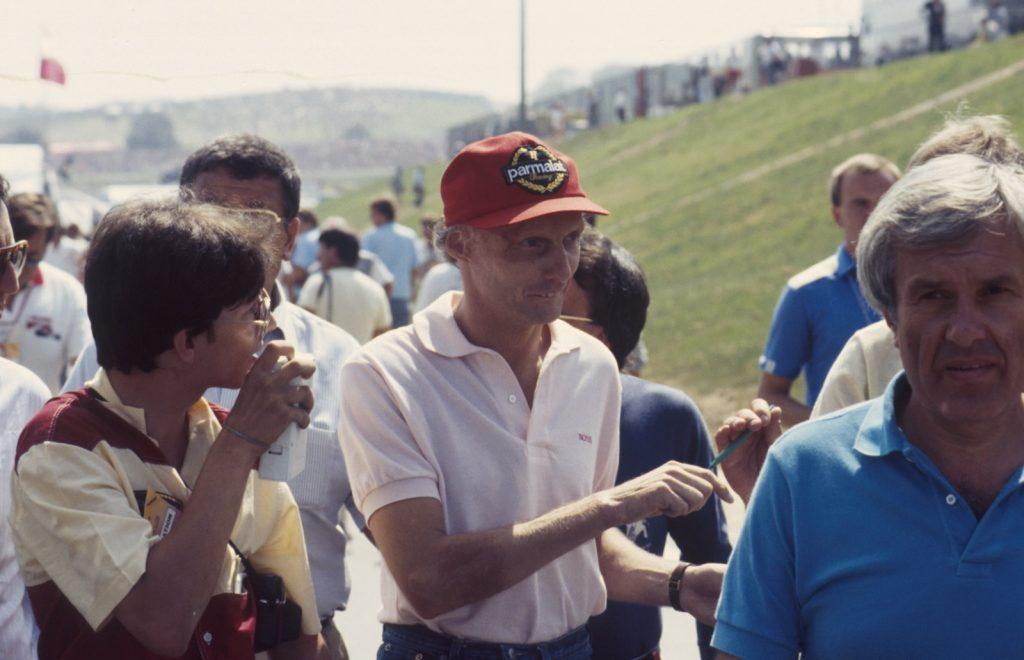
Only Monza has featured continuously on the F1 calendar for longer than the Hungaroring, which has hosted the Hungarian Grand Prix every year since 1986.
- Credits: Károly Méhes conducted the interviews and contributed to the article.
- All 1986 Hungarian Grand Prix photos © Tamás Viola.
Tamás Rohonyi is a Hungarian-born businessman, good friend of Bernie Ecclestone and was promoter of the Brazilian Grand Prix for many years. Here he recounts how he helped bring Formula 1 to Budapest in the mid 1980s. The first race attracted 200,000 fans from all over the Eastern Bloc.
“Bernie Ecclestone was interested in staging a race in the Soviet Union. He visited Moscow in the early 1980s, but it was grey and depressing, and he could see that the Soviets were not in a position to host an F1 race. Ecclestone’s wife at the time, Slavica, also suggested a race in Yugoslavia, where she came from. I convinced him that this wasn’t a great idea and recommended my home country instead. He simply told me to go and ask the Hungarian authorities, and that’s what I did! ]
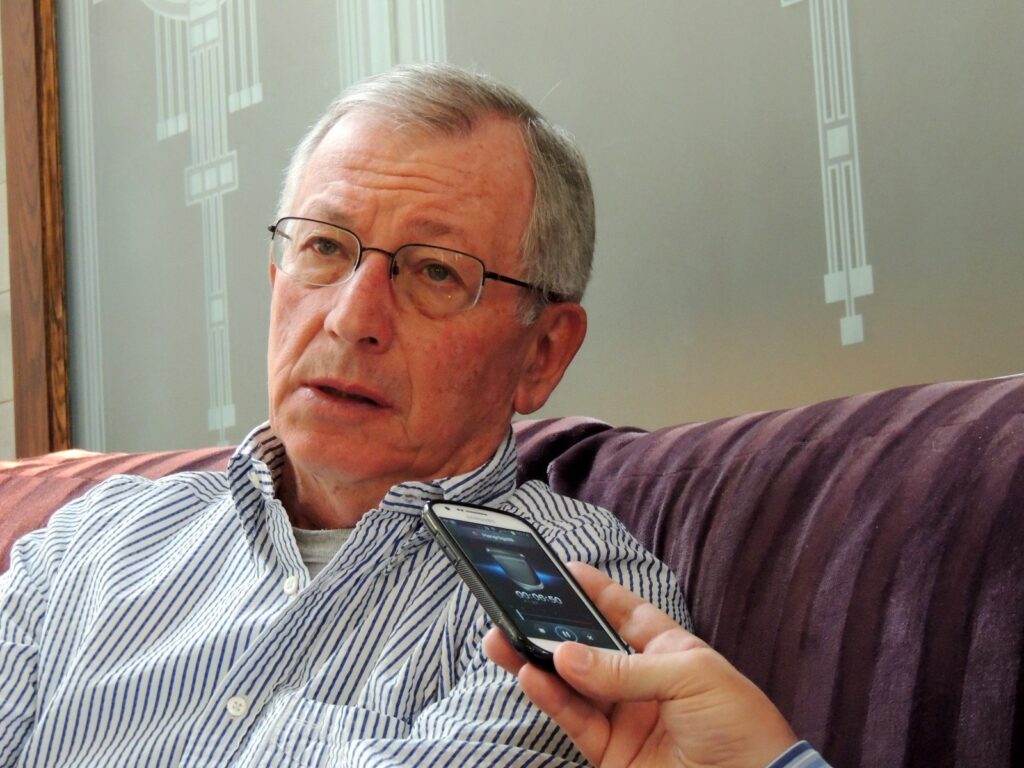
My first meeting was with the president of the Hungarian Automobile Club, Mr Tibor Balogh. He liked the idea but was sceptical. A few weeks later the Hungarian consul in Brazil asked me to travel to Budapest to meet some government people. This was the first time I met Minister Lajos Urbán, who became a big supporter of the F1 race and remains my friend to this day. Negotiations began, but it was a slow road.”
Ecclestone Visits: Street Race Is Off the Table
“A few months later, we flew to Budapest with Mr Ecclestone. The local people took us up the Buda castle hill with a great view of the city that left Ecclestone speechless. He immediately fell in love with Budapest. On the second day the Hungarians took us to Városliget, a city park, which could have been ideal for a street race. Ecclestone liked the location and was ready to add Budapest to the 1985 F1 calendar. Unfortunately, the street race didn’t happen because the city authorities refused permission for cutting down some trees and constructing the circuit.”
Mogyoród
“An unhappy Minister Urbán didn’t take no for an answer, and began looking for race locations outside the city. His colleagues, Ervin Nagy and Árpád Horváth, found the hilly place near the village Mogyoród. An agricultural cooperative controlled the land, but they managed to convince the lady who was in charge. ‘Maybe Formula 1 will bring us more money than cultivating potatoes,’ she said.
Green Light
“The negotiations continued. I met minister Urbán and went to his weekend cottage. He told me that the race had been given the green light at various government meetings. Even the Soviets were on board, despite the fact that Soviet troops were stationed in the country and the army commanders were said to be fearful of the helicopters and private jets that the race would attract. We shook hands and I flew back to Brazil. A few weeks later I got a call from Ecclestone, who told me that Tibor Balogh was sitting in his office, and they had just signed the contract to hold the Hungarian GP, starting in 1986. Everything went according to plan after this.”
The Hungaroring is Built
“The construction of the circuit was quick and professional. In March 1986, three colleagues from Hungary visited the Brazilian Grand Prix, where we showed them how to organize an F1 weekend. When the Hungaroring was almost finished, a few of my people went to Hungary to help with preparations for the race. Honestly, the Hungarians did not need much help, they were aware perfectly of their tasks.”
“Formula 1 arriving behind the Iron Curtain was a kind of earthquake!”
“The first Hungarian Grand Prix was a huge success. I sat beside Minister Urbán in the VIP box. I must admit, one could sense the tension, since he was responsible for the whole project. After the chequered flag was waved at the end of the race, he gave a huge sigh of relief! In retrospect, I like to think that the Hungarian Grand Prix played a role in the political changes that brought down communism just three years later. Formula 1 arriving behind the Iron Curtain was a kind of earthquake!”
Three Drivers Share Their Memories from the 1986 Hungarian GP
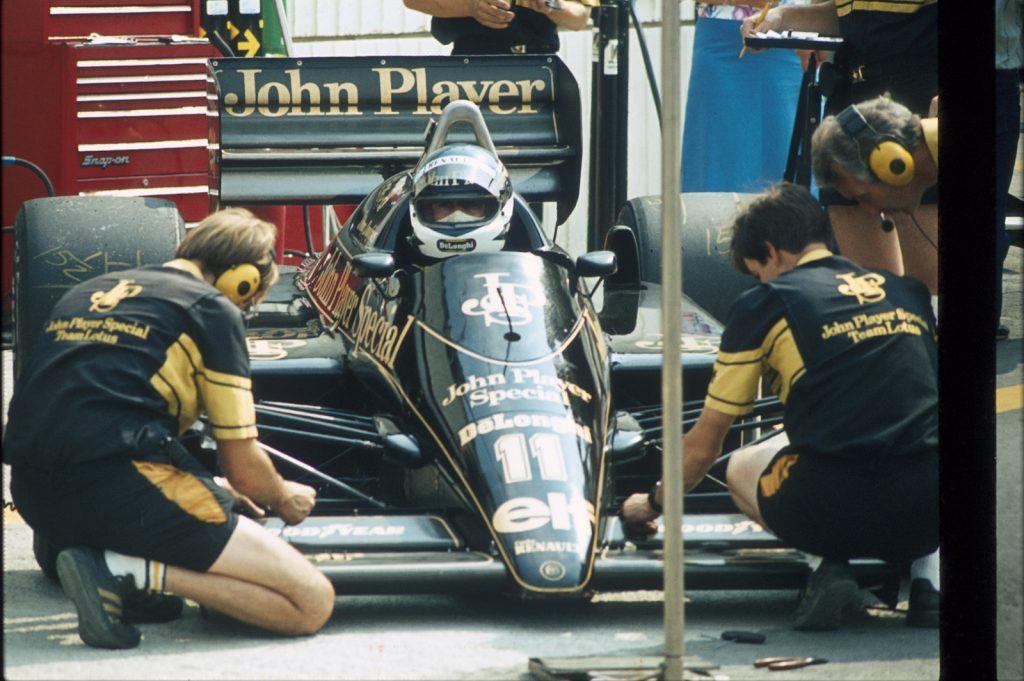
Johnny Dumfries, Lotus
“It was an interesting first for Formula 1 to visit the Eastern Bloc. I liked the circuit, because it was new for everybody, but I didn’t feel very secure in the team. I had many mechanical failures already that season and it was not easy being Senna’s teammate. I was unsure of my position for the following year, which was not the best situation for a driver! Finishing 5th made me very happy. I felt I should have finished 4th, but I remember I was very tired towards the end of the race. It was very hot and the circuit is quite physical. Stefan Johansson was catching me and I made a mistake, which allowed him to get past.”
Huub Rothengatter, Zakspeed
“It was my first time in Hungary. I wasn’t expecting it to feel so Western. I remember the really beautiful girls in their hot pants, the tasty goulash-soup and very cheap caviar, and the fantastic city of Budapest with its beautiful buildings and the atmosphere of Paris in the 1950’s. It is not an easy circuit and the only complaint I had was that I would have liked a slightly longer main straight. I can’t remember very well how we performed that weekend, so I am pretty sure it wasn’t that great…”[Rothengatter qualified 25th and retired on lap 2 with a radiator problem]
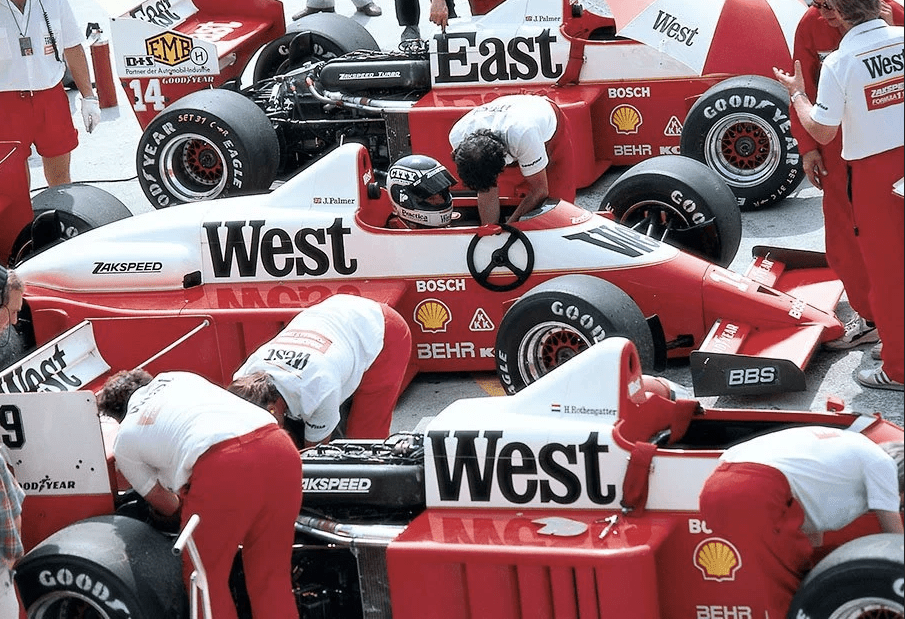
Jonathan Palmer, Zakspeed
“I really didn’t know what to expect, but I have very positive memories. Three things that made a big impression; the wonderful city of Budapest, unusual cars – smoking Trabants, Wartburg and Moskvich – and most importantly, lots of beautiful girls! The crowds were incredible for the first F1 race and the traffic was crazy, but we had a police motorbike escort to get to the airport after the race. If the other cars didn’t move out of the way quickly, the poor local drivers had a baton banged on the side of the car by the police riders to get their attention! The police were quite amazing and very effective!
Visiting Hungary in 1986 was an exciting time for all F1 teams because it was a new circuit, but it was particularly important for Zakspeed, which was based in neighboring Germany. It was also important for our sponsor Reemtsma, as Hungary was an important market for their West cigarettes brand. It was my idea to change the West logo to East! After I went to Budapest to drive the Zakspeed for the first demonstration laps I said to Eric Zakowski we should change the sponsor name for this race to East to celebrate the first F1 race in Eastern Europe and he and Reemstma thought it was a great idea! [The Zakspeed actually ran with ‘East’ logos for the first time at the German Grand Prix two weeks earlier to get around a ban on tobacco sponsorship. There was no such ban in Hungary.]
The race was a success because I managed to finish at a time when the reliability of F1 cars was very poor. It was unusual for more than half the field to finish. But we had the power turned down so much that I was very slow.” [Palmer finished the race in 10th, six laps down on the winning Williams of Nelson Piquet.]

